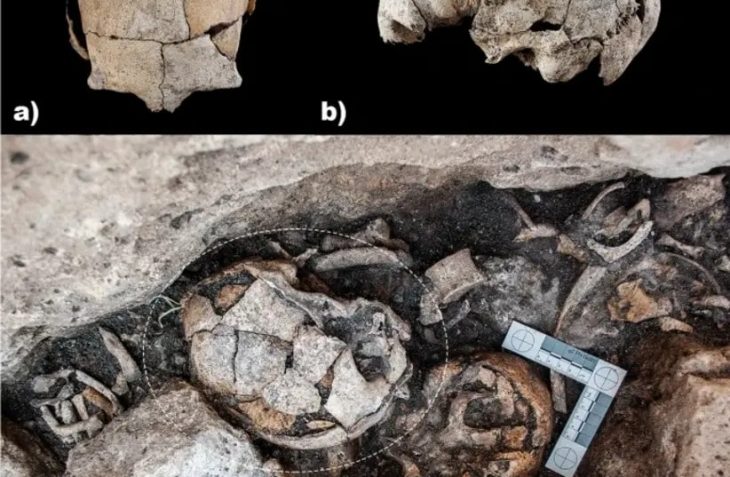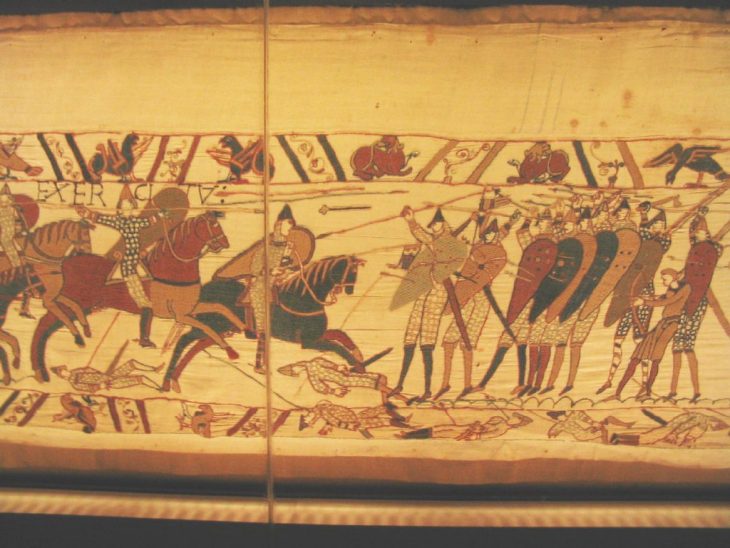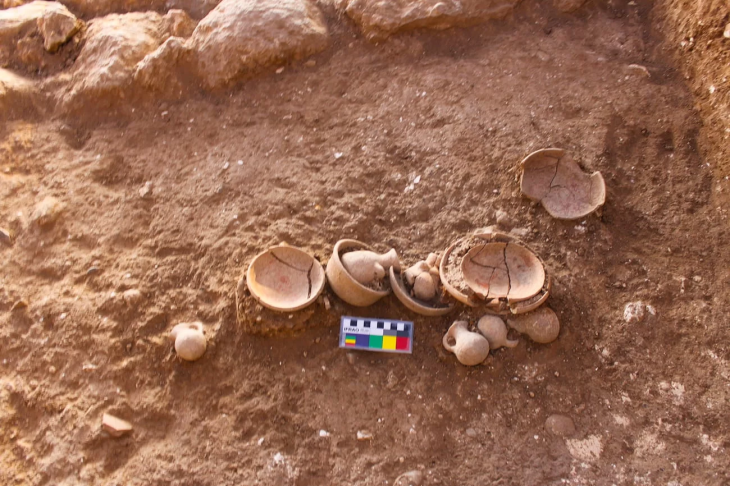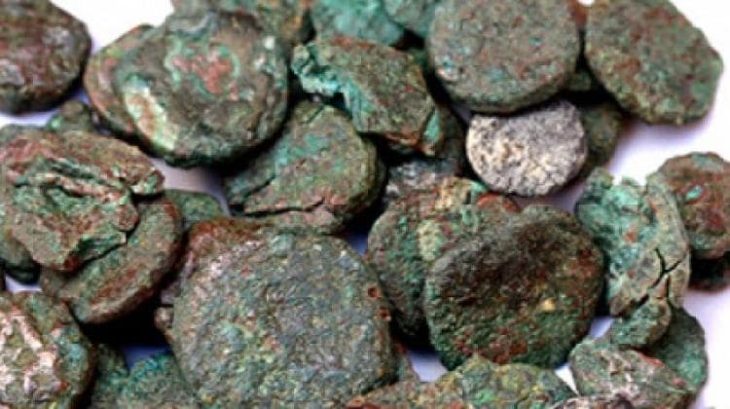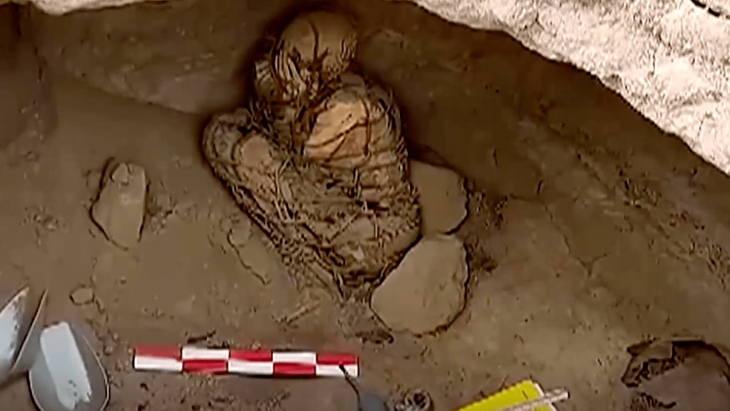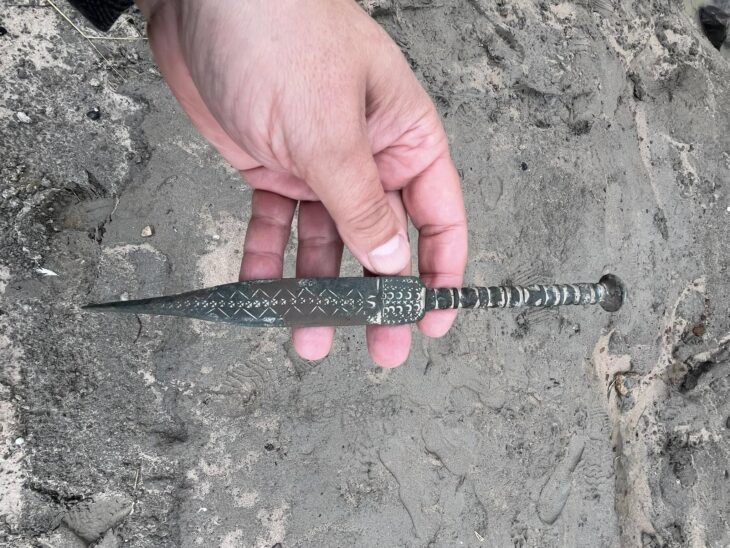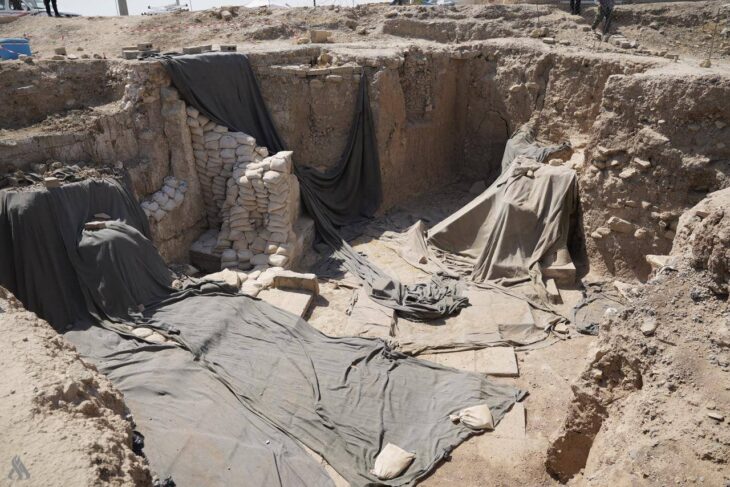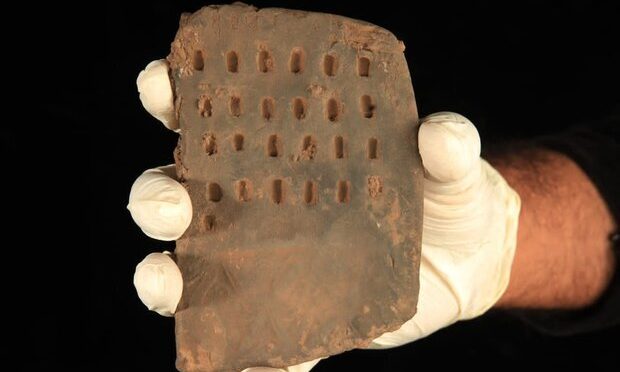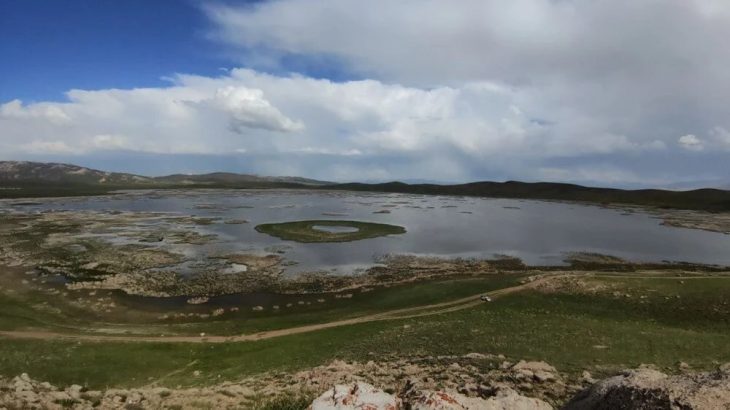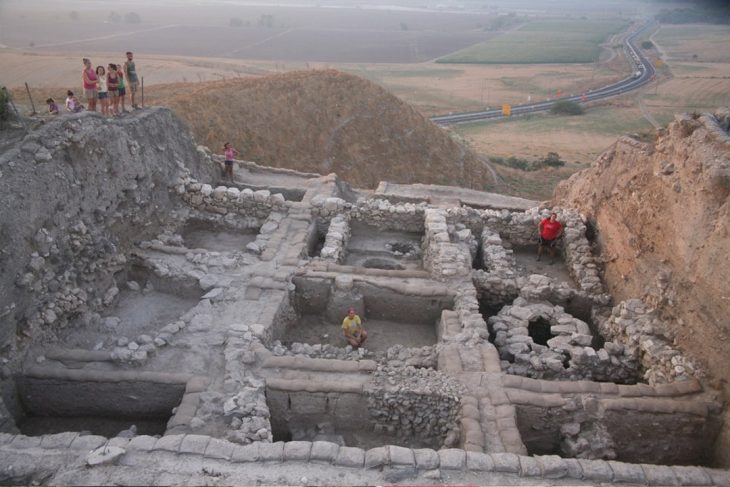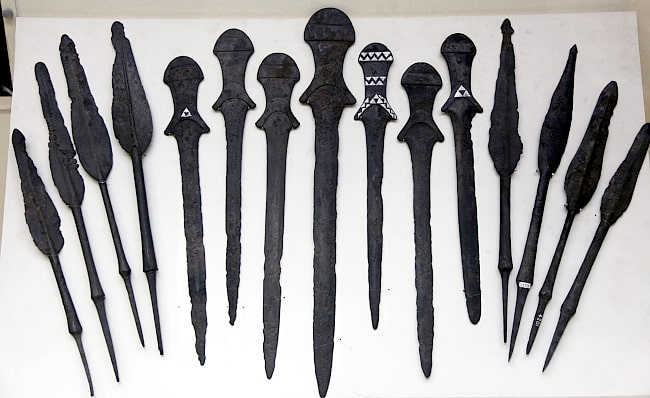A stone tub was found in the large bath, whose birth was mentioned in a work by the Turkish scholar and poet Anili Kadı Burhaneddin-i Anevi, during the excavation at the Ani Archaeological Site in Kars province in eastern Turkey. In one of his works, Kadı Burhaneddin-i Anevi from Ani mentioned the bath as his birthplace.
Scientists from 20 universities, art historians, and students are working on the excavations in Ani, which was added to the UNESCO World Heritage List in 2016. Muhammet Arslan, a faculty member at Kafkas University, is leading the team.
This year, during ongoing research in Ani, a stone tub was discovered in the Seljuk-era bath, which Turkish scientist and poet Burhaneddin-i Anevi refers to in his work as his birthplace.
In his statement to the AA correspondent, Head of Excavation Arslan said that they continued their work in the 4th term of the 2022 season and that the excavation works were carried out at 5 different points.
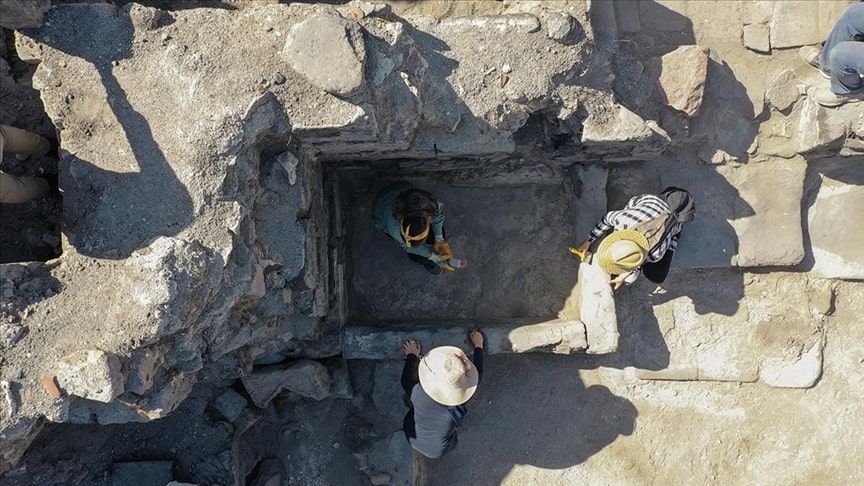
Excavation head Muhammet Arslan said, “Excavations in the bath, which we started to unearth for the first time in the working season of 2020 while it was mostly buried underground, are now nearing the completion stage. Kadı Burhaneddin-i Anevi describes his life in the preface of his work ‘Enisü’l-Kulub,’ the only copy of which is in the Süleymaniye Library today, and states that he was born in 1143 in the great bath in Ani. According to the author, his father, Mesud, had five daughters, respectively, and then his mother became pregnant with Kadı Burhaneddin. The birth process of his mother was very painful and he was born in 1143-44 in the great bath in Ani with the advice of a physician.’ Key phrases such as ‘physician advice’ and ‘hammam’ in the birth process of Kadi Burhaneddin show us that water birth was practiced here.”
📣 Our WhatsApp channel is now LIVE! Stay up-to-date with the latest news and updates, just click here to follow us on WhatsApp and never miss a thing!!

“One of the first examples of water birth in the world is in Anatolia”
Arslan stated that they have been looking for the existence of such a stone tub during the excavations in this bath since 2019, and that they finally found one this year.
Talking about the examples of water birth described in history, Arslan informed: “Although it is stated that there are scenes related to water birth in Egyptian hieroglyphs, the scenes in question include normal birth scenes, not water birth. The claims that Egyptian pharaohs were born by water birth method cannot go beyond legends. It is known that the first water birth in the world took place in France in 1803. However, both the information about the birth of Kadı Burhaneddin and the stone bathtub we uncovered during our excavations reveal that one of the first examples of water birth in the world was practiced in Anatolia in the 12th century. At the same time, this practice is very important in terms of showing the level that Turkish culture and civilization and Turkish medicine reached in the 12th century.”
Stating that the stone tub in question is in the northwest corner of the warm room covered with a dome in the southeast corner of the bath, Arslan said, “It has a rectangular plan with a length of 1.93 meters (6.3 feet), a width of 1.40 meters and a depth of 50 centimeters (1.6 feet). Water flow is provided to the tub from the cold area in the west with pipes. The water drain of the tub is in the east and the inside is completely plastered,” he said.
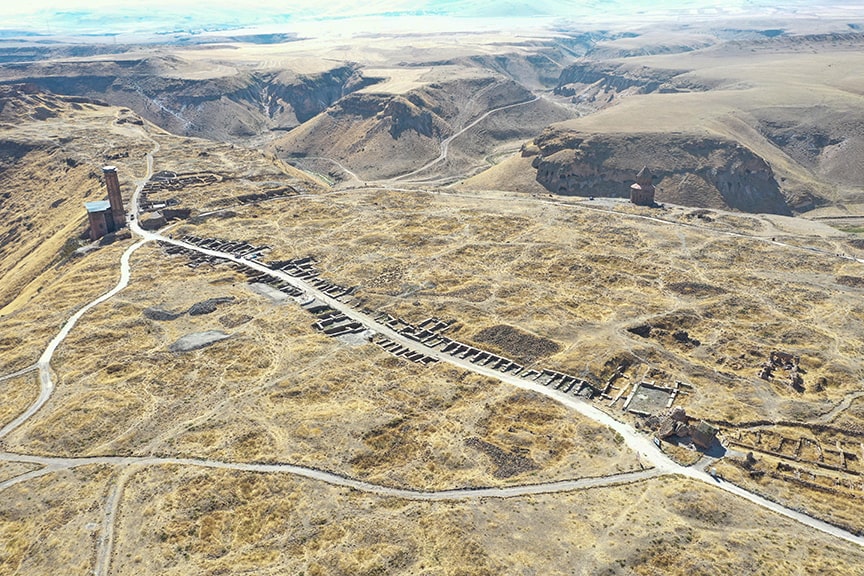
Ani Ruins
Ani is a medieval Armenian city in Kars Province, Turkey’s far easternmost province. Until its capture by Byzantium, it served as the capital of Eastern Armenia and the Bagratid Kingdom. Ani has been the victim of so many natural disasters and invasions—Mongols, Tamerland, earthquakes—that it now appears to be a town surrounded by the ruins of imposing stone walls.
Ani is situated on a plateau in northeast Turkey, overlooking the ravine that forms the country’s natural border with Armenia. The residential, religious, and military structures all worked together to create an urban scene that had been built up over centuries by Christian and then Muslim dynasties. The city flourished when it became the capital of the Armenian Kingdom of Bagratids in the 10th and 11th centuries CE. After being conquered by the Byzantines, Seljuks, and Georgians in succession; it maintained its status as a crossroads for caravans. A very devastating earthquake took place in 1319 that started the beginning of a decline.


